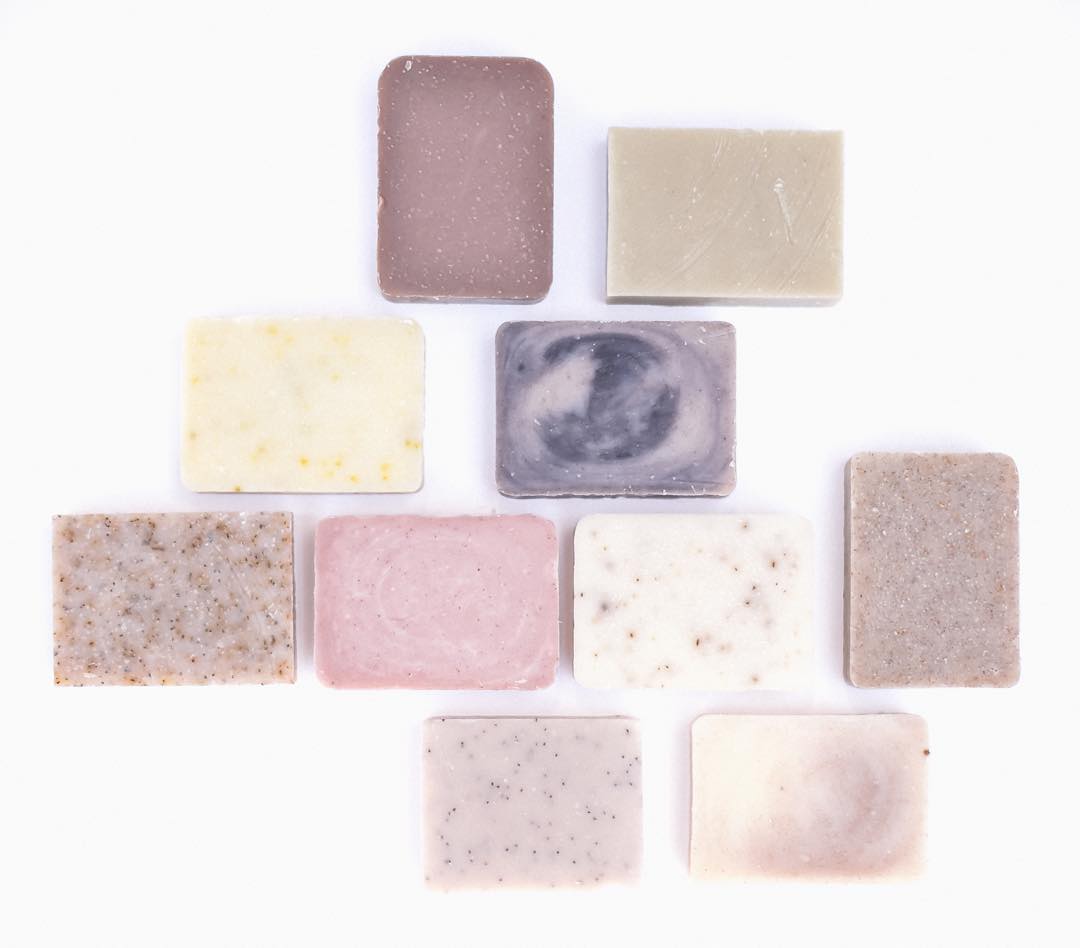Let’s face it. Most of us are pretty particular about what we put in our mouth, but what about what we put on our skin? The FDA regulates ingredients in cosmetics and soap; however, there are a great many colorants on the “GRAS” (generally recognized as safe) list including food coloring. I’ve even known some soap recipes to advocate using melted crayons. So, what’s a soapmaker to do?
Each soapmaker has to make choices. What is my purpose and what ingredients best accomplish that purpose? My goal is to stick as close to natural as I can get and still offer a product that is aesthetically pleasing both in its scent and its appearance. There are a lot of colorants I could use to give me a bright, colorful swirly bar of soap, but I have chosen to use only natural colorants. Natural colorants produce a more organic, subtle color and sometimes fade as they age. These are the limitations I have to work with to stay within my chosen parameters. My collection includes powdered herbs and spices, clays, fruit fibers, and fruit seeds. Some of them are included for the sole purpose of color and texture, while others have nutritional or exfoliating value. I’ll be taking some time in the next few months to talk about each of these individually.
You, as a consumer, have to make choices. How concerned are you about what is in the products you are using? What level of “GRAS” are you willing to tolerate? Soap labels will usually just list “colorant” without telling you exactly what that colorant is. My labels will specifically list the powder or fiber or clay that is in the soap. Be an informed consumer. The more you know, the better able you are to make the choices that work for you.

